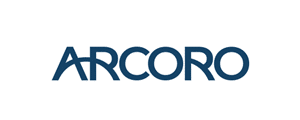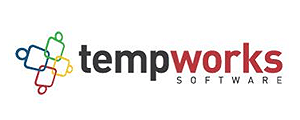Are you hiring?
Learn what the Work Opportunity Tax Credit (WOTC) may look like for you
By submitting your information, you agree to Arvo’s Terms of Service and Privacy Policy. You can opt-out anytime.
What is the work opportunity tax credit?
The Work Opportunity Tax Credit (WOTC) is a federal program for employers large and small. It encourages the hiring of targeted groups of workers who historically struggled to find employment.
%
of new hires qualify for WOTC credits
%
improvement on cashflow for your business
$2,150
per eligible new hire on average
See how others have benefited from WOTC
Staffing
Locations: 13 sites
New Hires: 2789
WOTC Credit Received: $217,823
New Hires: 2789
WOTC Credit Received: $217,823
Restaurant
Franchise Locations: 8
New Hires: 374
WOTC Credit Received: $33,280
New Hires: 374
WOTC Credit Received: $33,280
Construction
Locations: 9 Sites
New Hires: 208
WOTC Credit Received: $51,120
New Hires: 208
WOTC Credit Received: $51,120
Call Center
Locations: Work From Home
New Hires: 798
WOTC Credit Received: $241,490
New Hires: 798
WOTC Credit Received: $241,490
See what you could earn
This calculator is based on actual data from clients we’ve assisted. Your credit could be higher or lower. This calculator serves to provide a realistic idea of what you can expect.
Savings$
How it works
Step 1
Screen your applicants
Our digital WOTC survey fits seamlessly into your application or onboarding process
Step 2
Certify Eligibility Employees
Eligible employees must then be certified by the state. Arvo works on your behalf to ensure all eligibility employees get certified
Step 3
Track Credit Earned
Our state of the art WOTC portal provides real-time information and reporting on the health of your WOTC program
Step 4
Claim your tax credit with the IRS
Before filing your tax return each year, we’ll complete the necessary tax form for your CPA

















